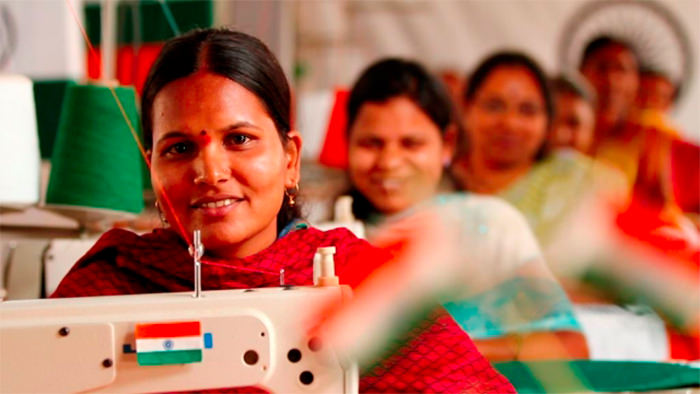The Coronavirus pandemic has wreaked havoc on small businesses. Recent statistics prove that the small and micro enterprises had to take the hardest brunt of the worldwide lockdown’s economic recession and side effects. GoDaddy’s latest edition of the entrepreneurship survey says that 83% of small businesses in India showed revenue losses, and half of them shit operations after the Coronavirus created lockdown crippled the country’s economic backbone. 45% of small businesses had to incorporate changes in their operational methods to survive in the post-pandemic era. 70% reported a holistic decrease in investments, and 48% reported issues in maintaining cash flows while stating that managing funds were the most critical need for keeping their business operational during this period. So, let us talk about the unique challenges faced by small businesses in this scenario and how they are expected to cope with the turbulence from a strategic and financial perspective.
Unique Challenges Faced By Small Businesses

Most small businesses will have to incorporate major changes to adapt to the post lockdown phase. The broader perspective is similar to bigger businesses. Protection of customers’ and employees’ safety and health is an underlying concern, and adapting to leaner, agile business models is another business concern. However, unlike large firms that have the necessary financial reserves and the strategic positioning to tide through turbulent times, smaller businesses will have to make strategic and procedural changes at higher costs and with lesser working capital.
Technological adoption for smaller businesses is always a challenge because of financial limitations, so creating newer business models is also an issue. Manufacturers in the SME (Small and medium enterprises) often have working capital blocked in inventory, contributing almost 20% to sales. These manufacturers also bear the added pressure of servicing debts and rely strongly on financing for investments and working capital issues as indebtedness is higher. Research done on 1000 small businesses reveals that debt servicing costs are on an average of 30% of the revenue. This 11% higher than mid and large level enterprises. The SME sector can take up to 5 years to move back to pre-COVID GDP (Gross domestic product) states. The recovery rate further depends upon the sectors as arts and entertainment, dine outs, and takeaway and beauty services have been worst affected. Restaurants are one of the most badly affected segments of the small business market. Shifting to an off-premise model that focuses on deliveries and takeout’s will eat up profitability by increasing packaging charges and the obstruction in selling high margin products like dessert and alcohol.
What Does The Future Hold for the typical SME?

Despite setbacks, it is heartening to see that small businesses collaborate, support, and stand up for each other in difficult times. There has been a 30% to 60% increase in collaborative ventures, takeovers, and joint ventures in the world of small businesses. Typically, technologically regressive businesses are joining hands with digital service providers for learning new survival tricks in these difficult times. The Entrepreneurship survey reveals that almost 38% of small Indian businesses have started donating to charitable causes, almost double the number globally.
Government restrictions, including lockdown, have been eased off in most parts of the world, including India, after almost 6 months of restricted operations caused by the pandemic. These 6 months have given ample time to restructure, digitally adept, and rethink business modalities for many small businesses. Almost 60% of small business owners who were part of a McKinsey survey have gone on record to say that though subscribing to the new normal is not without its issues, they are slowly getting back to their business flows as remote working and social distancing becomes a regular part of life. As small businesses adapt to a more regular rhythm, they will reclaim their long term outlook instead of just focusing on survival as they have been doing in recent times. For most small businesses, a new normal will take precedence. New working modalities, including remote work, enhanced technological adaptation, digital communication, and higher employee health investments, will be adapted.
The typical SME views the Corona pandemic as a cloud with a silver lining. The economic repercussions have been strong, but businesses have emerged agile, hopeful, and more charitable than before!


























